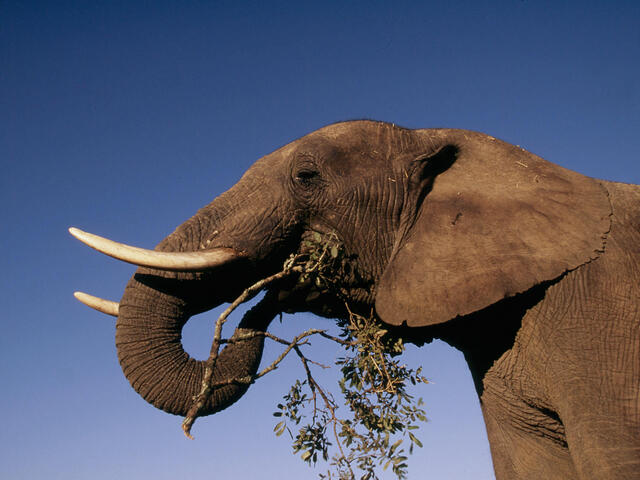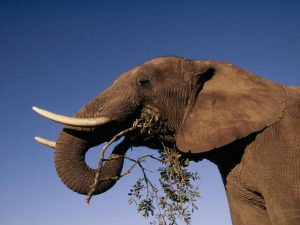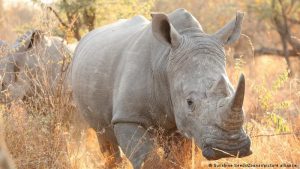South African Wildlife-The Interesting Facts
South African wildlife is one of the world’s natural treasures, tucked away at the southernmost extremity of the fertile African continent. Visitors come from all over the world to enjoy the country’s lovely temperature, lodging, hotels, game reserves, natural attractions, and, of course, the diversity of South African wildlife.
South Africa’s landscapes provide a diverse spectrum of habitats for hundreds of species, ranging from deep green forests to parched deserts and all in between. Interesting predators, birds, mammals, reptiles, amphibians, and a slew of fascinating insects are among them. These many species may be found in large numbers in the country’s game reserves and national parks, as well as in wild and natural rural regions where they can roam freely. This post will teach you about some fundamental animal species groupings in South Africa.
Contents
Several groups of South African wildlife
Mammals
South Africa is home to over 230 mammalian species, including a diverse range of predators. These are fantastic sights to see on any wildlife drive or safari. There are two severely endangered species (De Winton’s Golden Mole and River Rabbit) and 11 endangered species among these hundreds of species (including African Wild Dog, Mountain Zebra, Sei Whale, and Blue whale). These figures are in line with those provided by the International Union for Conservation of Nature (IUCN).
The Elephant-nosed Shrew, the Nose Mole, the Grysbok Cape, the Bontebok, the Kudu Cape, the Springbok, and the Horseshoe Nose Bat are all endemic creatures.
South Africa’s wide coastline makes marine animals a major concern. Dolphins are frequently seen frolicking along the beach, swimming in groups of up to 200 or 300 people. Between July and December, whales (such as humpback whales and right southern right whales) emerge around local shores, promising spectacular performances for people on land and in the sea. Official whale-watching trips are available.
Bird
There are around 175 indigenous bird species in South Africa, as well as hundreds of others. Black Oystercatcher, Blue Crane, Cape Parrot, Cape Vulture, Forest Canary, Ground Woodpecker, Jackal Buzzard, Knysna Turaco, Namaqua Sandgrouse, Protea Seedeater, Southern Bald Ibis, and Southern Pale Chanting Goshawk, White-backed Mousebird, and Yellow-backed Pipit have all been glued.
Visitors to the country who are interested in poultry are encouraged to bring binoculars and identifying tools.
Reptiles and Amphibians
The wilds of Africa are fascinating and magical, filled with fascinating creatures. Some look prehistoric, others terrifying, but all are important contributors to the local biodiversity. Reptiles endemic to this country include the Geometric Tortoise, the Speckled Pig, the Southern Adder, the Giant Scalloped Lizard, and the Cape Footless Skunk.
Amphibians that can only be found in South Africa include the Table Mountain Ghost Frog, the Knysna Spiny Reed Frog, and the Chirping Mistbelt Frog.
Big 5 of South African wildlife animals-What are they?
African lions
The Savannah grasslands are home to lions. They are the only large cats that live in pride as sociable creatures. Each pride is made up of up to three male lions, as well as a number of female lions with 6-12 cubs and their cubs. The lionesses are very close to one another and work together to care for the pups and hunt. With time, the young males move in pursuit of their own area, where they might form their own pride by conquering a group of other males.
African leopards
Leopards are carnivores, large cats that are closely related to lions, tigers, and jaguars. They are mostly found in Sub-Saharan Africa and Northeast Africa in Africa. The African leopard is vividly colored with characteristic black markings known as asterisks, and it lives in trees, where it pulls its food away from scavengers and other predators. Although certain lion species, such as the lion of Lake Manyara, can climb trees, Leopards cannot outpace them.
African elephants
The African elephant is the world’s biggest land mammal and one of the top five most sought-after huge animals. African elephants are bigger than Asian elephants and are distinguished by their broader ears, which are similar to those found on the continent. Elephants are herbivores in the wild, and poachers pose the greatest threat to them since their tusks make up the majority of the treasure.
African rhinos
White rhinos and black rhinos are the two varieties of African rhinoceros. Contrary to popular assumption, their skin tones are identical (gray). The lip form, not the body color, is what distinguishes them. The white rhinoceros’ top lip is square, whereas the black rhinoceros’ upper lip is pointy. Because of the animal’s feeding habits, each variety of rhinoceros has a distinct lip shape. Because black rhinos are cannibals, they consume trees and shrubs for the majority of their food. They collect fruit and foliage from trees with their mouth. White rhinos are herbivores who walk with their heads and square lips down to the ground and eat grass for a substantial portion of their diet.
African (Cape) buffalos
The African buffalo, sometimes known as the Cape buffalo, is a strong contender for the big five, as it is one of the most hunted and deadly animals in Africa. Buffaloes have few predators in the wild in Africa, except for lions, and they must hunt the nose buffalo carefully or risk being mauled to death by their powerful horns.
In conclusion, above are the basic species groups of South African wildlife as well as the 5 most characteristic species here. Hopefully, with the information we provide, you have gained more useful knowledge.
Read more:








